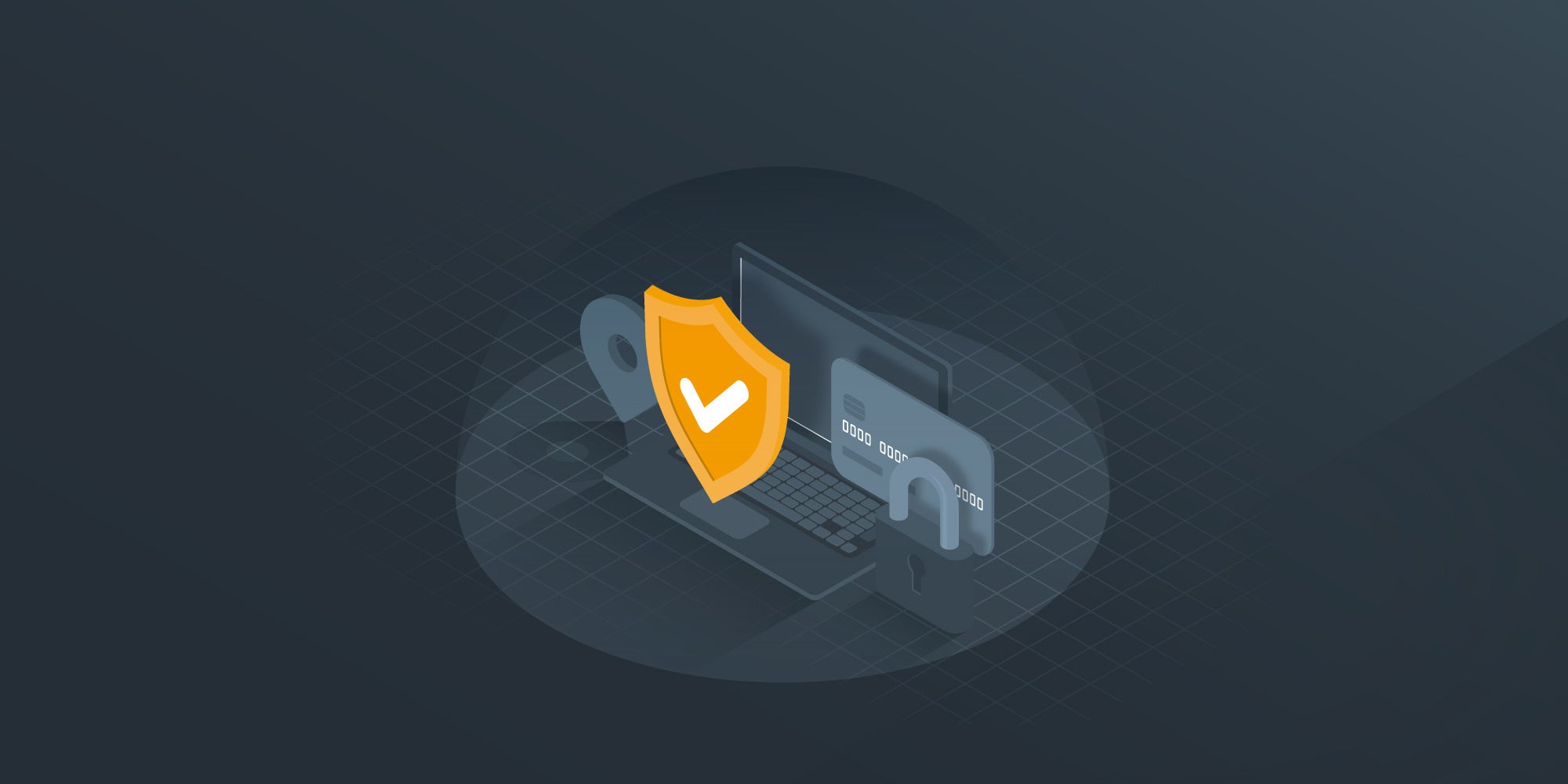Remote Employee Offboarding Process - Best Practices To Overcome Challenges
 Mara Quintanilla
Mara Quintanilla
In today’s economic environment, layoffs can happen at any given moment as companies scramble to reorganize their finances to meet revenue goals. The biggest tech firms and the smallest startups have faced employee offboarding to stay afloat.
Despite remote work’s proven benefits of increasing productivity and benefitting employee health, it’s become an easy target for companies trying to instill a sense of stability in an unstable economy.
In this landscape, remote offboarding has become a critical aspect for companies. Depending on their culture and how detailed their policies are, it’s a process that can make or break an organization’s reputation, credibility, and even cyber safety.
When employees leave, many aspects must be considered, such as equipment recovery, compliance, data security, and even logistical aspects, such as storing the devices that workers leave behind.
This blog post will explore these challenges and provide solutions to traverse them effectively.
4 Biggest challenges of remote employee offboarding
Companies face several challenges when it comes to offboarding remote employees. They include:
- Collections
- Compliance
- Data Security
- Storage
Let's take a look at each one and how to overcome them
Collections
Recovering equipment when employees leave can become a challenge if no systems are in place to track all company devices. Collecting the equipment that departing employees will no longer use requires adequate planning.
In planning, companies must consider the cost of recovering equipment and the logistics of returning devices. They also need to ensure that all sensitive data is removed from the devices before they are returned.
To simplify equipment recovery, companies need a clear policy for data collection and storage and guidelines for employees on how to return their devices securely.
This information is usually covered in the remote employee equipment agreement that workers sign when they first enter the company.
This policy should outline what equipment needs to be returned, how it should be returned, and who is responsible for ensuring that the equipment is returned securely.
You should also outline the consequences of not returning equipment, such as withholding payment or filing legal action against the departing employee.
By doing so, companies can ensure that the recovery process is fully compliant and everyone knows what role they play in it. At the same time, it keeps company assets and data safe.
Compliance
When employees move on from their company, a few compliance challenges can arise from recovering the hardware assets they were using, especially regarding data and business information handled by the departing employee.
Protecting this data is a top priority, so companies must ensure that all personal and company information is handled and deleted securely.
Navigating privacy regulations can be tricky, and companies must comply with all relevant laws. Intellectual property, non-compete agreements, and proper asset tracking are also essential factors to consider during this process.
While it can be difficult to handle, careful planning and execution can help companies ensure compliance and protect their interests.
Data security
Data security is perhaps the biggest challenge of remote work. When employees work remotely, it can be difficult to ensure that sensitive data is protected. This can include personal information, financial data, and intellectual property.
Organizations need to have a comprehensive data security policy to overcome this challenge. This policy should include guidelines on how data should be stored, who can access it, and how it should be protected from unauthorized access.
Improper offboarding can lead to data breaches that harm a company's reputation and cause financial losses.
For example, if a departing employee still has access to company data after their departure, they may accidentally or intentionally share sensitive information with unauthorized individuals.
Without secure offboarding automation, data breaches can compromise customer information, financial data, or intellectual property.
Moreover, if the equipment is not properly collected and data is not securely removed, it can be accessed by unauthorized individuals, leading to a data breach.
These breaches can result in legal penalties, loss of business, and damage to a company's reputation.
Therefore, it is essential for companies to have a comprehensive data security policy in place to prevent these potential breaches from occurring.
Storage
When employees work remotely, it can be difficult for companies to keep track of all the devices being used. As a result, sensitive data could be exposed if assets are not accounted for. In addition to the security risks, companies may also face logistical challenges in storing these devices.
To address these challenges, companies must have clear policies and guidelines for device collection and storage. When employees leave the company, they should be required to return all company devices, including laptops, tablets, or smartphones. These devices should be collected by a designated individual or team and stored securely until they can be appropriately disposed of or repurposed.
To protect sensitive data, companies should have procedures to wipe all data from the devices before they are stored or disposed of. This can be done through specialized software or by physically destroying the hard drive.
In addition to wiping data, companies should remove any software or applications installed on the devices during the employee's tenure. This will help ensure that the devices are ready for use by a new employee or can be safely disposed of.
Overall, the challenge of storing devices left behind by departing employees can be significant for companies. However, with clear policies and procedures, companies can ensure that sensitive data is protected and that logistical challenges are minimized. Companies can ensure their remote offboarding process is successful and secure by taking proactive steps to address this challenge.
Wrapping up
It's a tough decision to leave a company, and it's also hard for companies to lose good employees. Although remote offboarding can be challenging, it's a crucial step for both parties.
Recovering equipment from departing employees, ensuring compliance with regulations, maintaining data security, and establishing secure storage protocols are all critical components of a successful offboarding.
By planning and addressing any logistical hurdles, companies can ensure that sensitive data is protected and the transition goes smoothly.
If you want to make the offboarding process at your company a breeze, consider GroWrk. We provide a range of features to help you keep track of your team's equipment inventory at all stages.
When you need to collect a departing employee’s device, we’ll handle the recovery, wiping, and storage so you can have all your devices ready to use in your inventory. Give us a call to streamline all stages of your IT asset management lifecycle.






